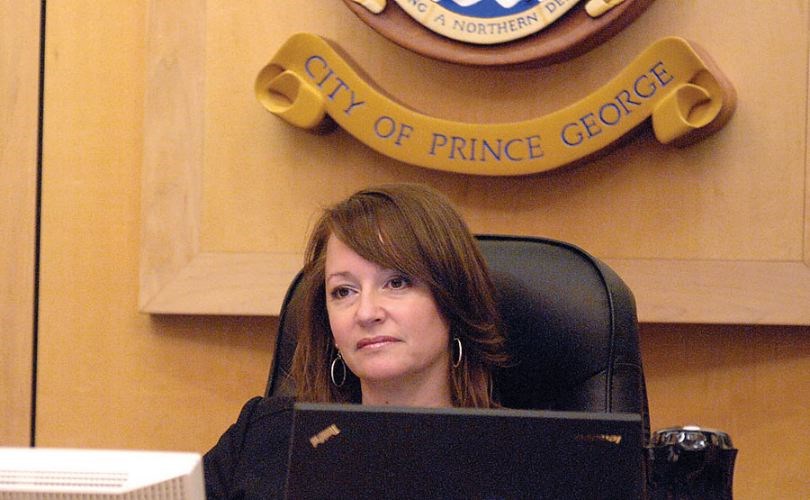The mayor's task force on crime is hitting the streets.
Throughout the month of September, members of the committee struck in January to address crime reduction and public safety, will sit down with community groups and ask for feedback on the draft of recommendations to be presented to council.
The recommendations are the result of four months of studying the award-winning crime reduction strategy from Surrey and taking inventory of existing local initiatives to find the gaps in service.
Using the Surrey model as an outline, the seven recommendations fall under four categories.
In the prevent and deter strand, the committee is proposing a project to focus on combining services to better serve high-risk Prince George youth as well as implementing CUPE BC's City Watch program. The union-led campaign gets employees - who are already out in the community - working with local government and police to keep an eye out for and report suspicious activity.
Under the apprehend and prosecute category, the RCMP would work with the city's GIS resources to identify and map crime 'hot spots' around the city and target them with police, bylaw and fire services where necessary.
This would enhance work already being done on prolific offenders by the RCMP, said supt. Eric Stubbs.
"Insp. [Brad] Anderson has really led this initiative of identifying problematic properties as well as offenders and really doing a full court press on those particular areas or people, if needed," he said, also noting the RCMP doesn't have some of the mapping technology that the city has.
Implementing a graffiti reporting and removal program in partnership with agencies providing community services opportunities for offenders is a recommendation that falls under rehabilitate and reintegrate.
And to measure perception and reality of crime, the committee wants the city to undertake a survey of residents to gather accurate information about personal safety so that tailored action can be taken to address groups with the most fear or vulnerability.
The last time such a study was done was a 1999 UNBC survey by the Institute for Social Research and Evaluation.
"It's some really good data, but it's dated data," said communications and citizen engagement manager Chris Bone.
The mayor acknowledged that though the term of the committee is limited, crime reduction isn't something that's going to begin and end with the group's recommendations.
"You're never going to have 100 per cent crime-free community... I think it's always going to be something you have an ongoing challenge with," said Shari Green, adding she didn't want false expectations that the committee's work would be the cure-all for Prince George crime.
Committee members will be asking for feedback on the existing recommendations as well as on what they may have missed.
"This isn't a one-way out communication strategy," Green said, noting that after the recommendations have gone to council, there will be further work.
Key to the recommendations were a set of criteria that limit the initiatives to those with costs that aren't ongoing in nature, have measurable outcomes, is within the city's mandate and jurisdiction and doesn't already exist through another service provider.
An overview of the recommendations as well as the presentation created for those meetings are on the city website at http://www.princegeorge.ca/cityhall/committees/crimetaskforce. An online comment form is also available.
Feedback will be collected until the end of the month, at which point the committee will reconvene to discuss the comments and put together a revised or final set of recommendations to present to council at an Oct. 28 committee of the whole meeting.



